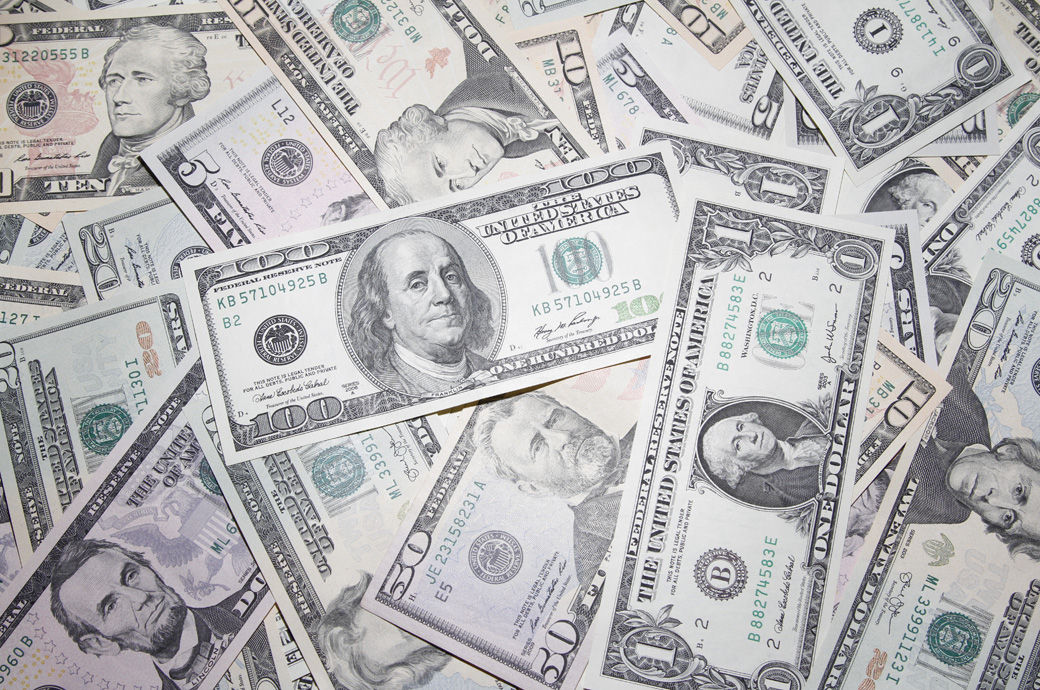Bangladesh's forex falls under $20 bn again

Insights
- Bangladesh's foreign exchange reserves fell below $20 billion following decrease in remittance inflow, the Bangladesh Bank said in a report.
- Decrease in remittance inflow is attributed partly to a shift towards hundi, an informal money-transfer system.
- Meanwhile, finance minister has asserted confidence in Bangladesh's economic recovery.
At the close of Thursday (18 April), reserves amounted to $19.89 billion, a decline from the previous week’s $20.10 billion, according to Bangladesh Bank’s statement.
The decrease in remittance inflow is attributed partly to a shift towards hundi, an informal money-transfer system circumventing formal banking channels, which offer less favourable exchange rates for dollars.
This slump below $20 billion follows a previous instance in March, when Bangladesh’s reserves dipped below this threshold after settling import bills worth $1.29 billion with the Asian Clearing Union (ACU).
The ACU payments for January and February were resolved in the initial week of March.
According to the central bank’s data, foreign exchange reserves stood at $19.99 billion on 7 March, a significant drop from $21.15 billion the day before. This decline contrasts sharply with the peak of over $48 billion in forex reserves recorded in August 2021.
Meanwhile, finance minister Abul Hassan Mahmood Ali addressing the concerns over the International Monetary Fund’s (IMF) downward revision of Bangladesh’s growth forecast for the current fiscal year, asserted confidence in the nation’s economic recovery.
Speaking at the World Bank-IMF spring meeting in Washington DC recently, Ali reassured that there is no need for alarm regarding the IMF’s adjusted projection, expressing satisfaction with Bangladesh’s economic rebound.
Ali emphasised the effectiveness of government-initiated economic reforms, noting their positive impact on the country’s recovery from the crisis. While acknowledging that some remain pessimistic despite gradual improvements, he remained optimistic about the trajectory of Bangladesh’s economy.
The IMF’s revised growth forecast, pegging Bangladesh’s economic growth at 5.7 per cent for the fiscal year 2023-24, was unveiled in its World Economic Outlook report. The revision reflects various challenges, including persistent inflation, unemployment, reduced remittance inflows, and a decline in industrial investment targets, both globally and domestically.
This marks the second time the IMF has adjusted Bangladesh’s growth forecast, down from its initial projection of 6 per cent in October of the previous year. The revision aligns with a cautious outlook amidst economic uncertainties, echoed by similar sentiments from other international financial institutions.
The Asian Development Bank (ADB) recently forecasted a 6.1 per cent expansion in Bangladesh’s GDP for the same fiscal year, attributing growth to export performance.
Conversely, the World Bank anticipates subdued growth, primarily due to reduced private consumption stemming from high inflation.
Fibre2Fashion News Desk (DR)
































-Ltd..jpg?tr=w-120,h-60,c-at_max,cm-pad_resize,bg-ffffff)





.jpg?tr=w-120,h-60,c-at_max,cm-pad_resize,bg-ffffff)
.jpg?tr=w-120,h-60,c-at_max,cm-pad_resize,bg-ffffff)






